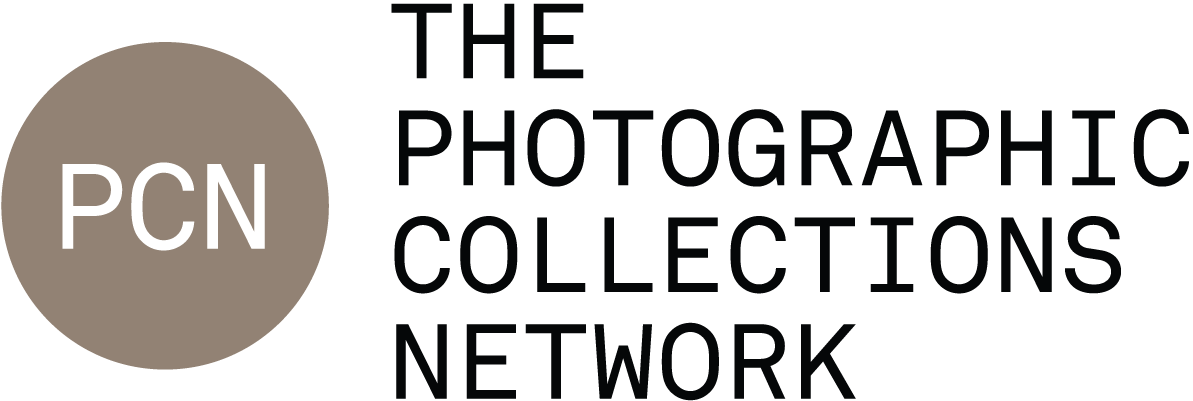Shooting on Glass - a taster of our latest specialist blog post
Dry Plate Negative from Debbie Adele Cooper's Shooting on Glass master class at Street Level Photography Glasgow. Photo © Debbie Adele Cooper
To coincide with 'Reflections On A Glass Plate' Symposium in London on Thur 17 May, 2018, we invited one of the speakers to tell PCN members how a UK collection inspired her to go on a two-year journey to develop a unique process for making contemporary glass plates. A process she now teaches.
Debbie Adele Cooper is an artist, curator, participation designer and educator moving between digital and analogue, and seeking to create new conversations between the past and today. Her work as a glass plate (dry plate) photographic artist has involved creative response to, and participation with, UK photographic collections and archives including a residency at WW Winter Photographers.
Shooting on Glass by Debbie Adele Cooper
I photograph on glass plate, I love it. I love the magical quality that an image has when on seen on glass, and I love it when someone on one of my workshops makes and then shoots their first plate. This process took me years to master, but each time I make a plate I still learn something new.
5 years ago I had no idea what Dry Plate photography was or that photographs on glass existed. It was 2013 I was running a mass participation photography project for FORMAT International Photography Festival, asking people to send in photos of their working day, creating a photo map of our collective working day. I was sent a photo of people at work in a photography studio in 1900s, I was blown away by this image and contacted the submitter right away. They told me that they were a photography studio in Derby and had been photographing on Midland Road since 1850s and they had a vast collection of images which I was welcome to see, I went to visit W W Winter Ltd that very day.
They showed me around their purpose built studio and showed me some of their vast collection. On this visit, for the very first time I held a negative from the W W Winter collection, and it was also the first time I'd ever seen or heard of glass plate negatives. As a child in the 1980s I'd photographed on film, and learnt black and white processing at college, but never seen or heard of the dry plate process. I was enchanted by the glass plate as an object and wanted to know more...
...To read the rest of this article, join the network for just £25 per year (£20 concessions)
Benefits of PCN membership include access to members' events, specialist blog, opportunities and discounts and the PCN discussion and advice forum. Your membership will also help to support our ongoing research and advocacy work.
